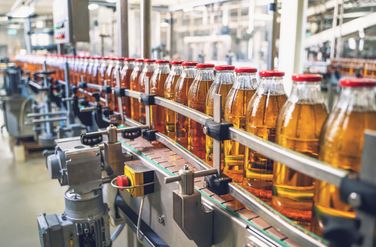The Critical Role of pH Testing in the Food and Beverage Industry
|
Despite being one of the most tested parameters for many different industries, pH testing plays a critical role in determining the quality and safety of food. By measuring pH levels, it helps monitor and control acidity levels and influences everything from taste, texture, microbial growth, and product stability. Below we’ve highlighted some of the key reasons it’s crucial to accurately monitor pH levels.
|
|
|
Food Safety Microorganisms have specific pH ranges that promote their growth and survival. By understanding and controlling pH levels, food and beverage manufacturers can prevent the proliferation of harmful bacteria, such as Salmonella or E. coli, which thrive in neutral to slightly acidic conditions. |
Quality Control Different foods require specific pH levels to maintain their freshness, taste, and appearance. A slightly acidic pH is desirable for many fruits and vegetables to prevent spoilage and maintain flavour. |
|
Enzymatic Activity & Fermentation Many food production processes, such as cheese making, brewing, or yogurt production, rely on specific pH ranges to activate or inhibit enzymes and microorganisms. By closely monitoring pH during these processes, manufacturers can control and optimise fermentation, ensuring consistent product quality and desired flavours. |
Flavour & Taste The pH level of food and beverage significantly influences the taste and flavour profile for example: the balance of acidity and sweetness in beverages like soft drinks, wines, or juices greatly impacts their palatability.
|
|
Texture & Stability pH also influences the texture and stability of a product for example: the pH of dough influences gluten development and the final texture of the baked goods. Similarly, pH control is critical in the production of sauces, dressings, and emulsions to prevent ingredient separation and ensure product stability. |
Allergen Control Certain food allergens, such as the proteins found in wheat, can be affected by pH levels. Manufacturers can adjust pH to modify the protein structure and identify the optimal conditions for reducing allergenic potential. In doing so, it potentially mitigates allergic reactions and ensures food safety for consumers with allergies. |

